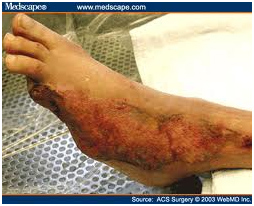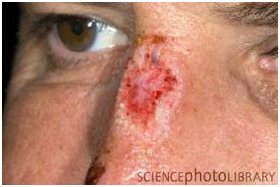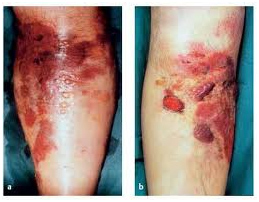In anatomy, tissues that connect, support, or surround other structures and organs of the body, not being bone. Soft tissue includes tendons, ligaments, fascia, skin, fibrous tissues, fat, and synovial membranes (which are connective tissue), and muscles, nerves and blood vessels (which are not connective tissue).
The characteristic substances inside the extracellular matrix of this kind of tissue are the collagen, elastin and ground substance. Normally the soft tissue is very hydrated because of the ground substance.

The fibroblasts are the most common cell responsible for the production of soft tissues’ fibers and ground substance. Variations of fibroblasts, like chondroblasts, may also produce these substances.

Mechanical Characteristics
- Pseudoelasticity
- Residual stress
- Fung-elastic material
Definition: Soft tissue is a term that refers to structures of the body that connect, envelope, support and/or move the structures around it.
Examples of soft tissue include:
- muscle, which supports and moves bones
- tendons, which connect muscles to bones
- ligaments, with connect bones to bones
- synovial tissue, which is the material that makes up joint capsules
- fascia, which surrounds the musculoskeletal components, giving upright integrity to the human form
- and other structures such as nerves, blood vessels and fat.


What is a soft tissue sarcoma?
A sarcoma is a type of cancer that develops from certain tissues, like bone or muscle. There are 2 main types of sarcoma: bone sarcomas and soft tissue sarcomas. Soft tissue sarcomas can develop from soft tissues like fat, muscle, nerves, fibrous tissues, blood vessels, or deep skin tissues. They can be found in any part of the body. Most of them develop in the arms or legs. They can also be found in the trunk, head and neck area, internal organs, and the area in back of the abdominal cavity (known as the retroperitoneum).
Sarcomas are not common tumors, and most cancers are the type of tumors calledcarcinomas. There are many types of soft tissue tumors, and not all of them are cancerous. When a tumor is not cancerous, it is calledbenign. When the term sarcoma is part of the name of a disease, it means the tumor is malignant (cancer).
There are about 50 different types of soft tissue sarcomas (not all are listed here).
This document is about soft tissue sarcomas in adults. Sarcomas occurring in bone, such as osteosarcomas and Ewing tumors are discussed in separate documents. Rhabdomyosarcoma, the most common type of soft tissue sarcoma seen in children, is also discussed in another document.

